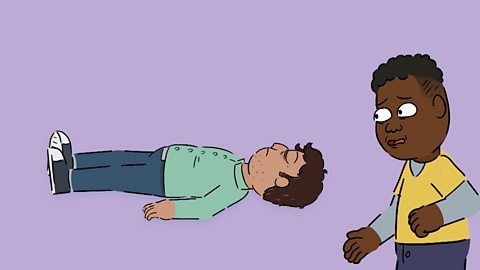Dr Emeka:
Hey, I’m Dr Emeka and this is Dr Emeka’s Essential First Aid.
We all get bites and stings now and again. Most of the time they aren’t dangerous, but it is important to know when they are, and how to get help.
If you or someone else gets bitten… Wash the wound with soap and water and keep it clean! If it looks serious ask for extra help or call 999 or 112.
If you or someone else gets stung… Take out the stinger if one is left behind! You can use an ice pack or something cold to help the pain.
If someone has an allergic reaction to a bite or sting, you need to get help straight away.
You can tell if someone is having an allergic reaction by looking out for these signs: They might find it hard to breathe. They might feel sick or have a tummy ache. They might feel itchy or have a rash. They might feel dizzy. Or their hands, feet or face might swell up.
If this happens: One - Call 999 or 112. Two - ask them if they have an injection with them and if so, help them use it. Three - keep checking their breathing and keep them calm! Four - don’t leave them! Stay there until help arrives.
Remember:
If someone has an allergic reaction:
Call 999 or 112
Ask them if they have an injection.
Stay with them and keep an eye on them.
Video summary
In this short film Dr Emeka teaches pupils how to deal with bites and stings on themselves, or those around them.
With the help of animation, he goes through the processes for cleaning and easing the pain of stings and bite.
He also talks about spotting the signs of an allergic reaction and what steps need to be taken.
This short film is from the ´óĎó´«Ă˝ Teach series 'Dr Emeka’s Essential First Aid'.
Teacher Notes
This short film could be used as part of a wider lesson teaching about anaphylactic shock, the signs and symptoms and what to do if you, or someone you’re with, experiences anaphylactic shock.
In conjunction with the film, students should learn more about the different types of bites and stings, how to treat them and how to recognise when they require further medical assistance.
Students should also learn about ticks and how to recognise and treat a tick bite.
Students should be taught that both 999 and 112 are numbers to reach the emergency services and that 112 can be used across Europe and other countries to connect them to local emergency services where they are.
Activities
Students could think of a list of animals, plants and insects that bite or sting, and in groups or pairs, play a game of charades or twenty questions to guess which it is.
Students could explain to each other, in pairs, when a bite or sting can become more serious.
Students could think of descriptive words to describe what a bite or sting might feel like, or describe their own experiences of being bitten or stung.
Students could be given a word search that contains the signs and symptoms of what happens when someone has an allergic reaction to a bite or sting.
Other subject areas
- Students could learn about allergies in the wider sense, what they are and the effects they have on our body.
- In geography, students could explore the different animals and plants that live in a variety of climates and begin to understand the different bites and stings they can give.
- In science students could look at different habitats and the food chains that exist there, which make bites and stings essential for animals and plants to live.
This short film touches on elements of PSHE first aid as introduced to the curriculum in England from September 2020 for Key Stage 2.
While not on the curriculum specifically, it could also be used in Wales and Northern Ireland at Key Stage 2 and in Scotland at 1st and 2nd level.
How to make a call to emergency services. video
A short film teaching pupils how to recognise an emergency and how to make a call to emergency services.
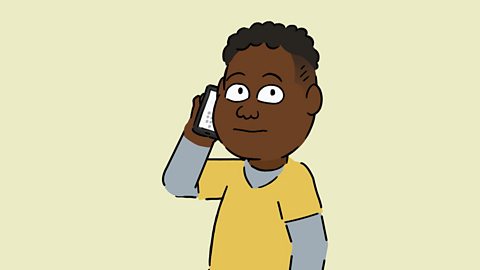
Burns and scalds. video
Dr Emeka gives an introduction to dealing with the types of burns and scalds that can occur in domestic settings.

Choking. video
In this short film Dr Emeka gives an introduction for pupils on how to help someone who is choking.
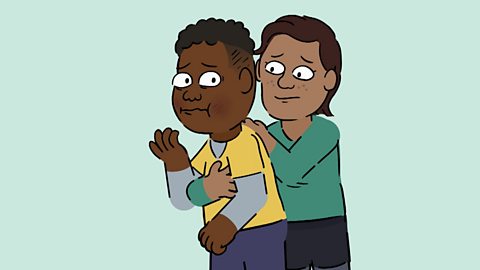
Bleeding and shock. video
Dr Emeka explains how to treat bleeding wounds, what shock is and what to do if someone goes into shock.
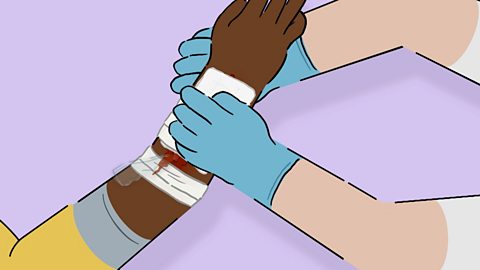
Head injuries. video
In this short film Dr Emeka explains how to tell if a head injury is minor or severe, and what to do in each situation.

Bone fractures. video
In this short film Dr Emeka explains to how to manage a broken or suspected broken bone.

How to administer CPR. video
In this short film, Dr Emeka introduces the process for administering CPR and how to use an AED (automated external defibrillator).
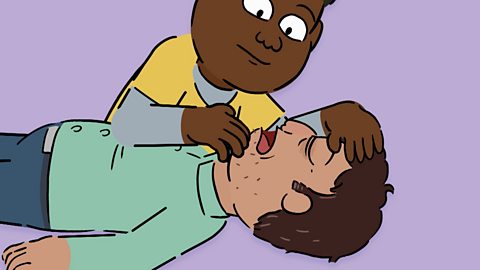
How to administer CPR during the Covid-19 pandemic. video
In this short film Dr Emeka introduces the process for administering CPR and how to use an AED (automated external defibrillator), with specific tips for staying safe during the Covid-19 pandemic.
